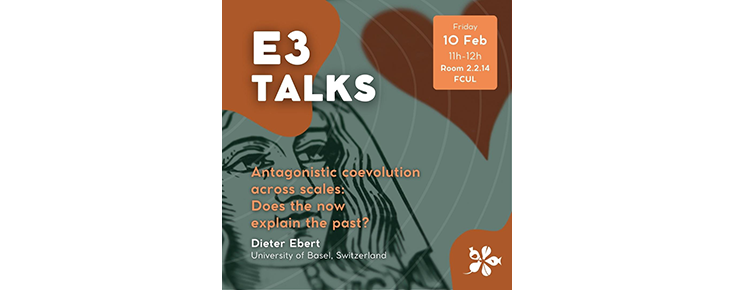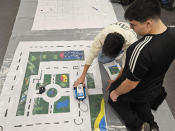
Por Dieter Ebert (University of Basel, Switzerland & cE3c's External Scientific Advisory Board).
Hosts evolve to minimize the fitness reduction caused by parasites, while parasites optimise the exploitation of their hosts. In coevolutionary models of this process a high genetic specificity in host–parasite interactions is assumed. The widely cited Red Queen model suggests that the corresponding host resistance and parasite infectivity genes coevolve under balancing selection.
Our work on the planktonic crustacean Daphnia and its bacterial pathogen Pasteuria confirmed that their coevolutionary dynamics are well described by the Red Queen model. In my presentation, I combine a series of experimental and genomic studies with particular focus on the scale of coevolution, ranging from the short-term effects of selection observed across months to the long-term consequences for genome structure revealed by comparative genomics across species. The underlying genetic architecture of host resistance and parasite infectivity will serve as the guiding principle in this presentation across time scales. Our data are consistent with the predictions of the Red Queen model on the temporal and spatial levels of inference, giving a comprehensive picture of how balancing selection in form of Red Queen dynamics can shape long-term coevolution.
Transmissão via Zoom (pw: 712724).





















